Over the past three decades, auctions have become a transparent, objective, and legally binding mechanism for allocating mobile spectrum to successful bidders to use spectrum efficiently to support high-quality, competitive mobile services, thereby benefiting consumers.
Spectrum is considered an important and scarce resource, so the problem is how to select candidates that can be used most effectively, bringing the greatest socio-economic benefits.
In general, there are two approaches to mobile spectrum licensing in the world : one is administrative (approval) and the other is market-based (auction).
For allocation, the authority selects a “winner” based on submitted proposals. This process is widely used in developing markets where the policy objective is to improve coverage.
Auctions, meanwhile, have been proposed as a mechanism for allocating spectrum since the 1950s, but were not widely implemented until the 1990s. The advantage of this method is that licenses are awarded to applicants with a higher likelihood of recovering their investment through competition for services. Because it is an objective allocation mechanism, auction results are less likely to become subject to legal controversy.
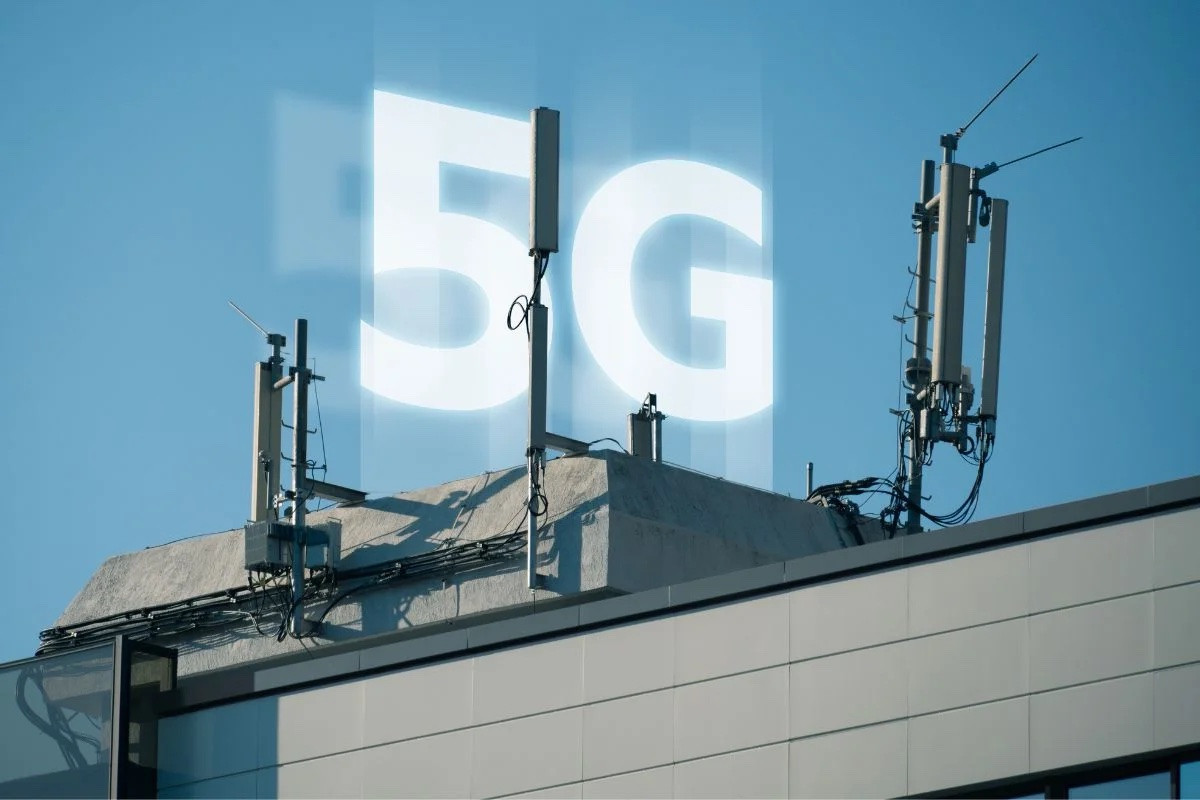
Auction forms
The spectrum auction sector has developed rapidly in line with the growth of the mobile market. Currently, spectrum auctions are divided into two main forms, including single-round auctions and multi-round auctions.
In a single-round auction, bidders have only one chance to bid for a license in the spectrum they are interested in, and the bids are then reviewed and a winner is selected. Also known as a sealed-bid auction, bidders do not benefit from information about other bidders' bids.
Meanwhile, a multi-round auction allows participants to respond to other players' bids over a series of separate rounds. This process repeats until the auction's termination rule is met. The standard format for this format is a multi-round ascending bid auction (SMRA).
The auction is just one part of the larger auction process. Typically, this begins with a consultation on the spectrum being auctioned and a consultation on the scope, licensing, and geographic area. This is followed by a consultation on the eligibility, format, and rules of the auction. Once the final procedures, terms, and conditions are agreed, bidders register to participate.
Auction timing typically depends on the number of licenses offered and the level of competition, ranging from 1 day to several months. For example, in the United States, the Federal Communications Commission (FCC) defines the following timelines: Consultation round: 4-6 months before auction; Final rule: 3-5 months before auction; Informational seminar: 60-75 days before auction; Application deadline: 45-60 days before auction; Advance fee: 3-4 weeks before auction; Bidder closing: 10-14 days before auction; Test auction: 2-5 days before auction; Real auction.
Vietnam to hold 5G spectrum auction
As VietNamNet reported earlier, according to plan, the 5G frequency auction will be held on the afternoon of March 8 at the Radio Frequency Department. A representative of the Radio Frequency Department said that the Department will not conduct the 5G frequency auction, but this will be carried out by the National Joint Stock Auction Company No. 5.
The starting price of the first auction round is VND 3,983,257,500,000 (three thousand nine hundred eighty-three billion, two hundred fifty-seven million, five hundred thousand dong). The starting price of the next auction round is the highest bid in the previous auction round. The price applied in the auction of the 2500 MHz - 2600 MHz frequency band is VND 50 billion.
The auction is conducted by direct voting in multiple rounds, and the auction method will have to pay an increasing price. The bidding is conducted in multiple rounds until there are no more businesses bidding, then the last business with the highest price is the winning business. Determining the winning business is carried out according to the Auction Regulations and in compliance with legal regulations.
According to statistics from the Ministry of Information and Communications , Vietnam has 126 million mobile subscribers and the market is starting to reach saturation. Another statistic shows that each year, network operators are competing for about 800,000 new subscribers to enter the market.
Previously, the Ministry of Information and Communications licensed telecommunications enterprises to test 5G in 40 provinces and centrally-run cities.
Network operators believe that 5G will be a digital infrastructure that will almost replace physical infrastructure in building platforms and connecting future societies.

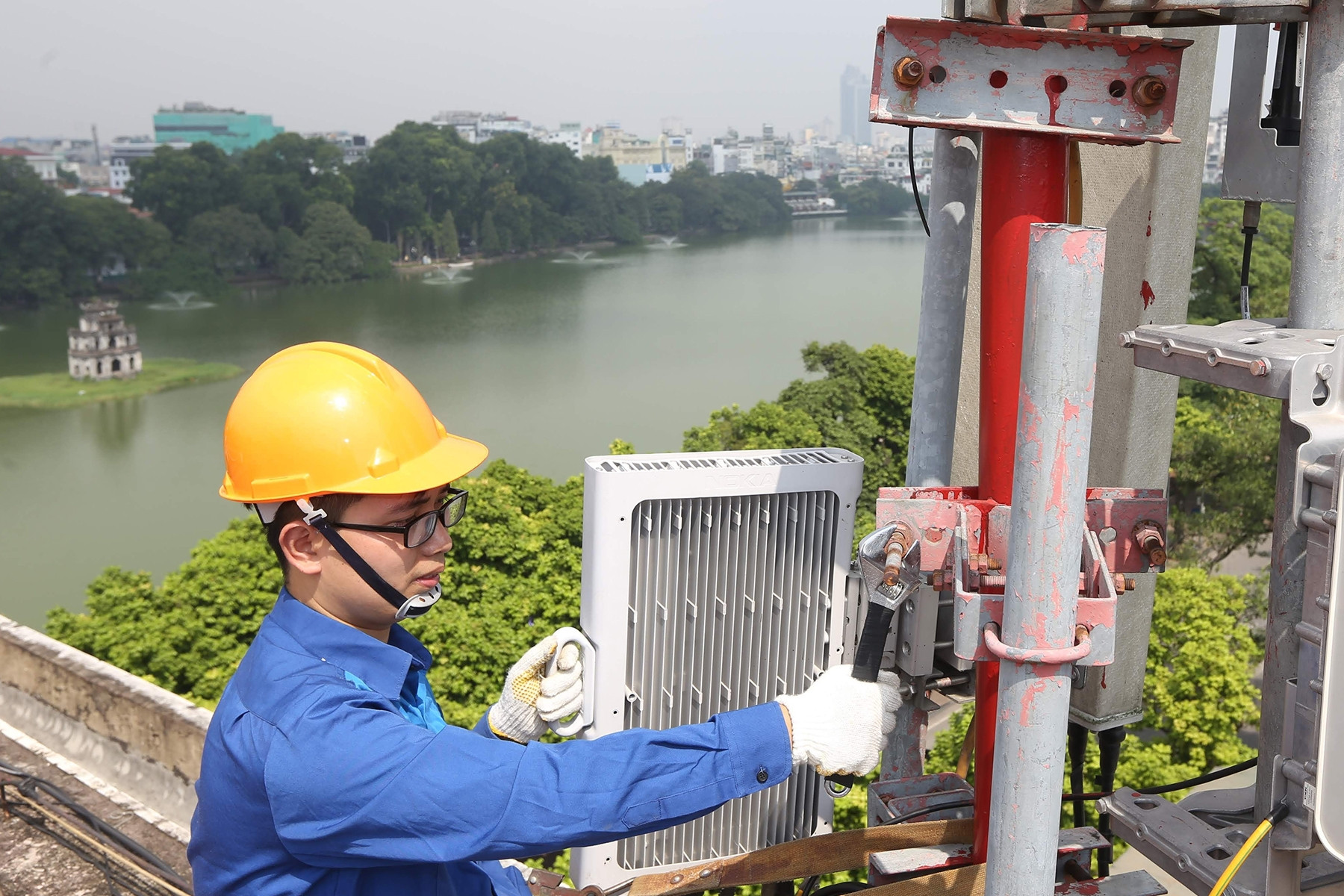
Source


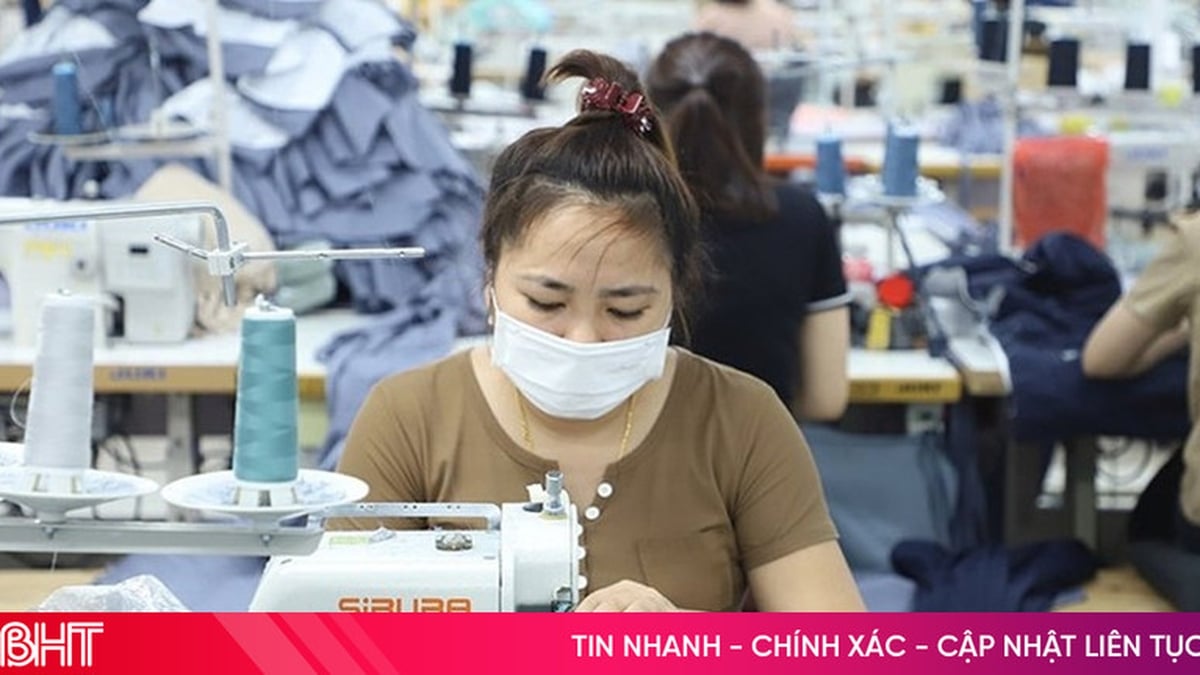

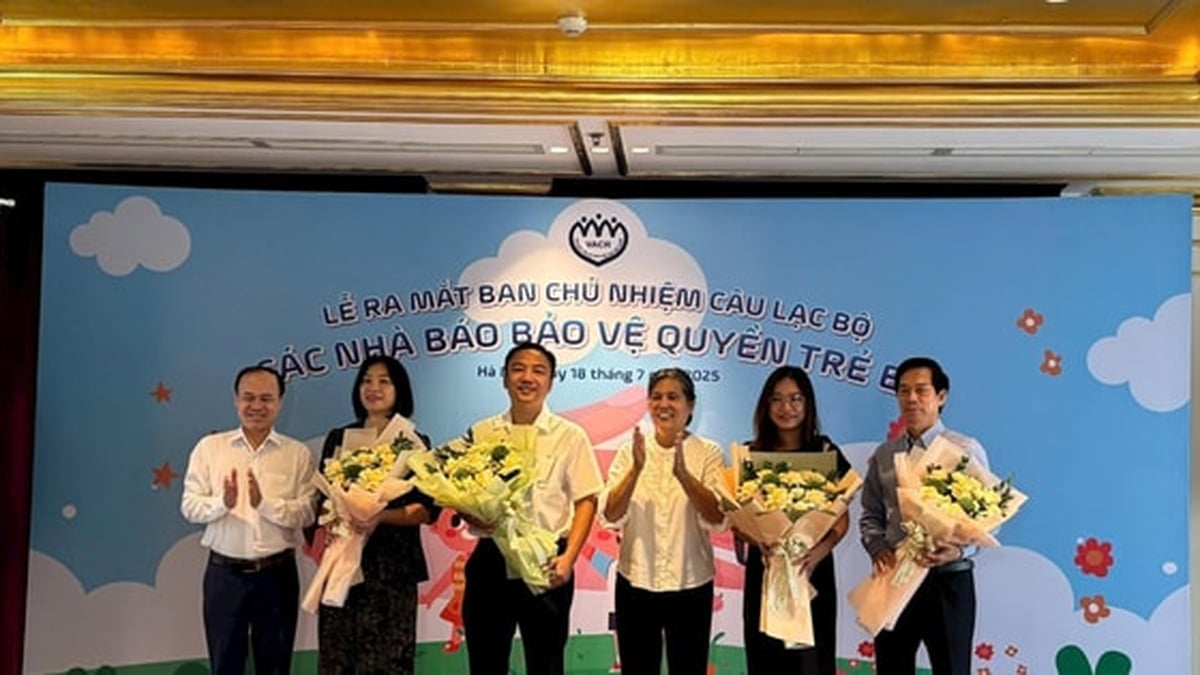
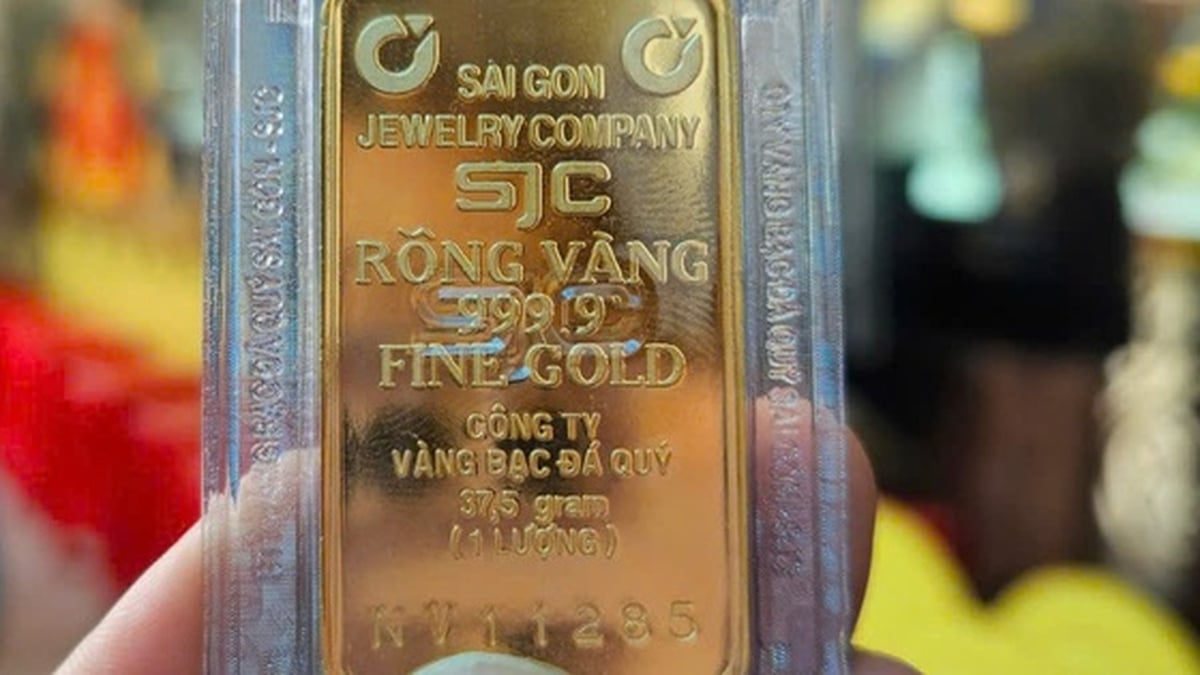
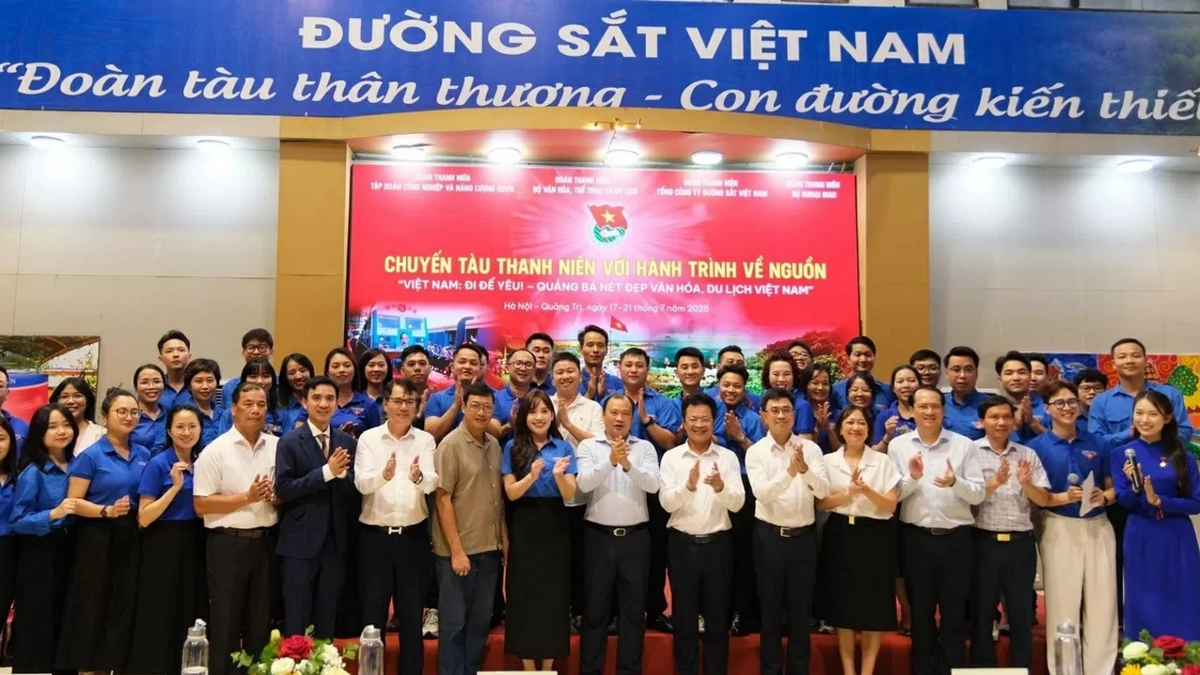


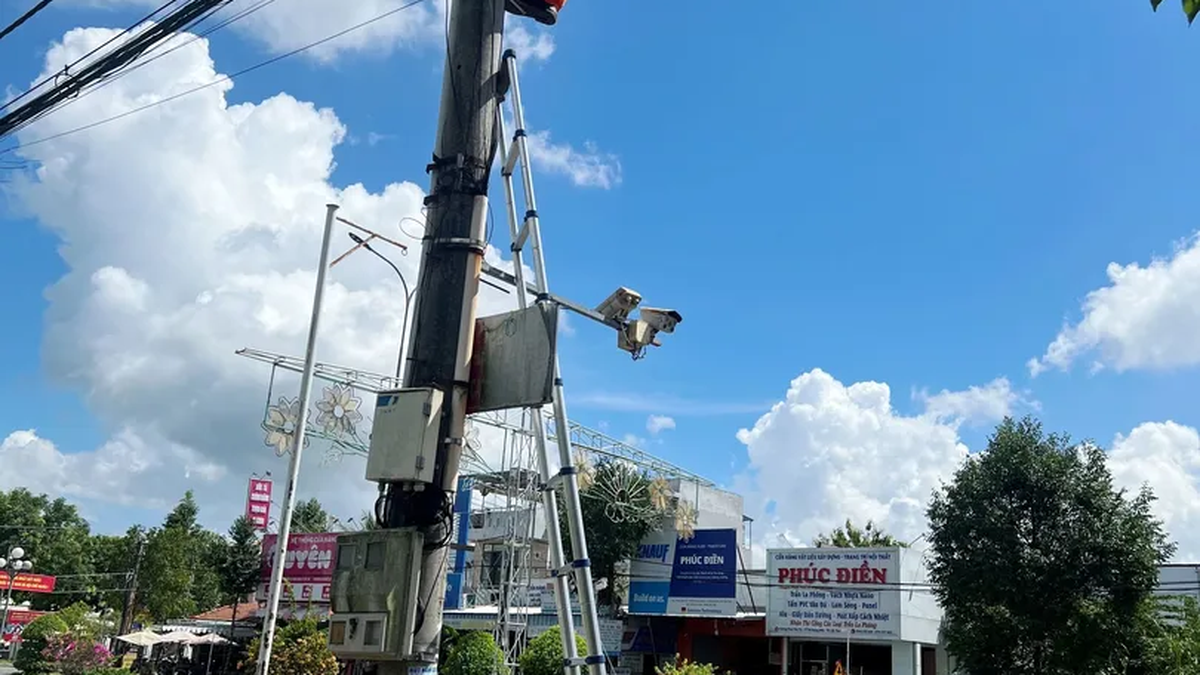
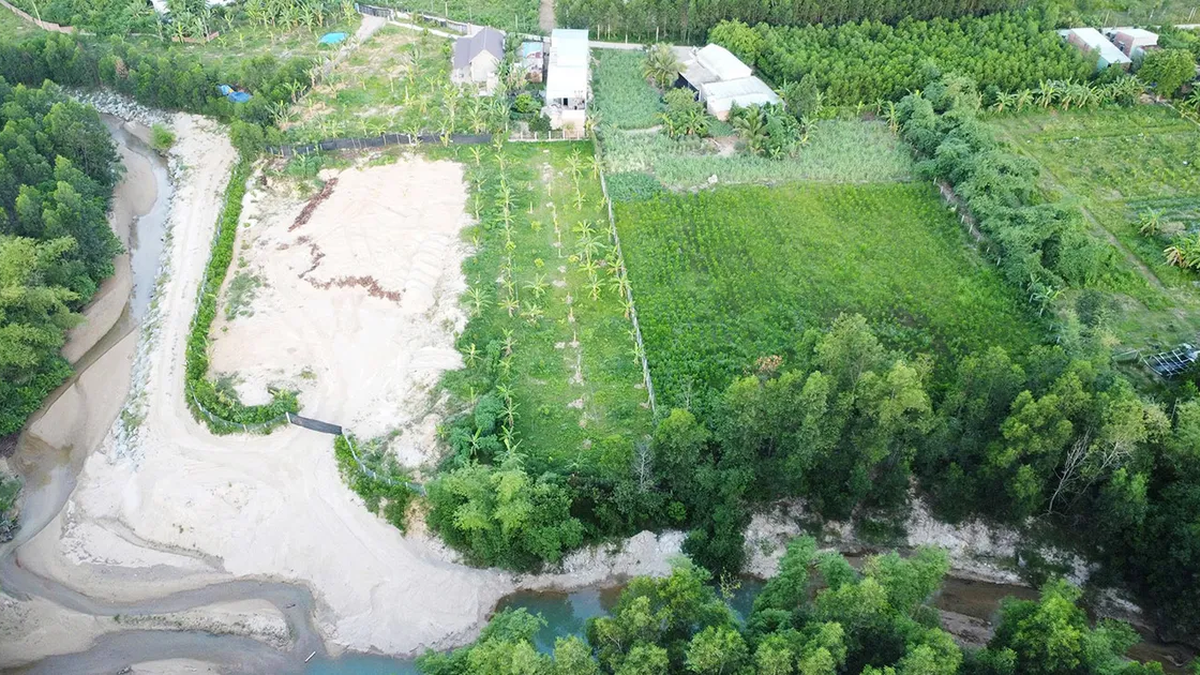




























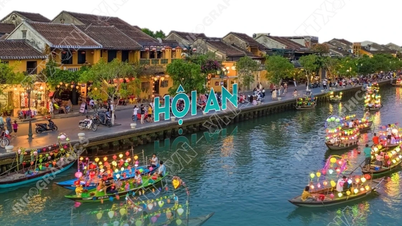

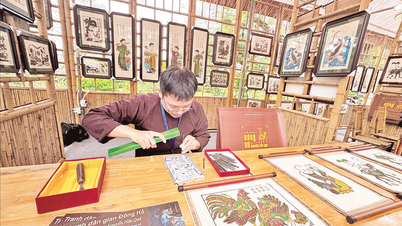










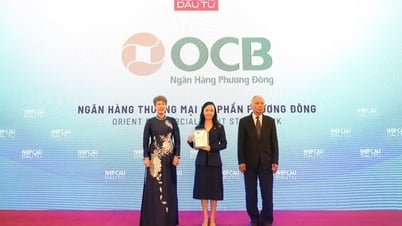







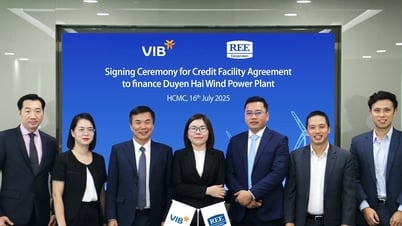
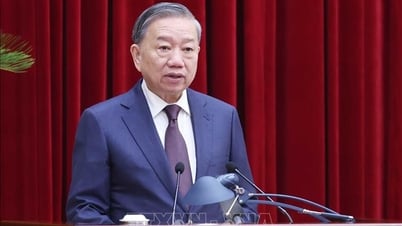



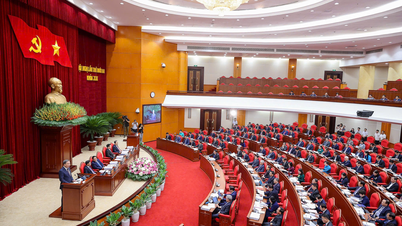

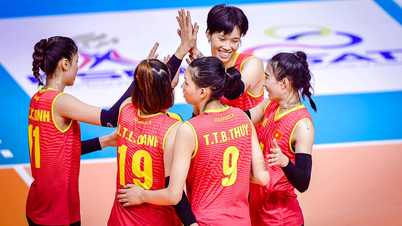


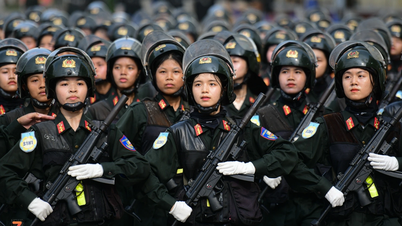




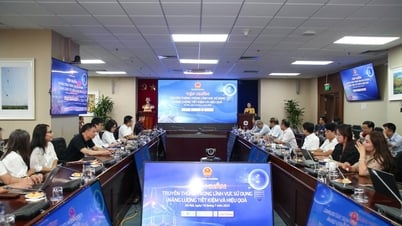

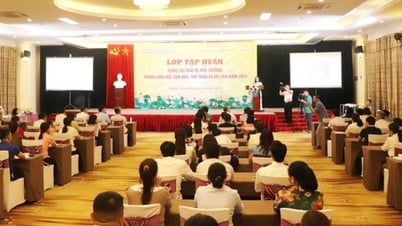









![[Infographic] In 2025, 47 products will achieve national OCOP](https://vphoto.vietnam.vn/thumb/402x226/vietnam/resource/IMAGE/2025/7/16/5d672398b0744db3ab920e05db8e5b7d)













Comment (0)